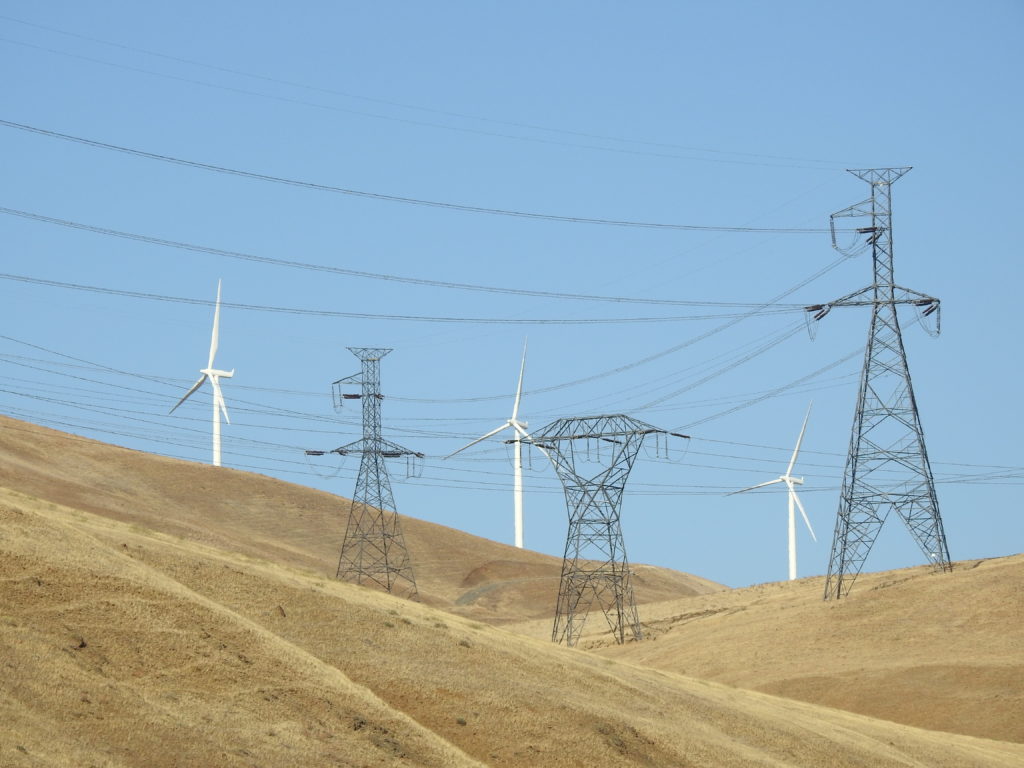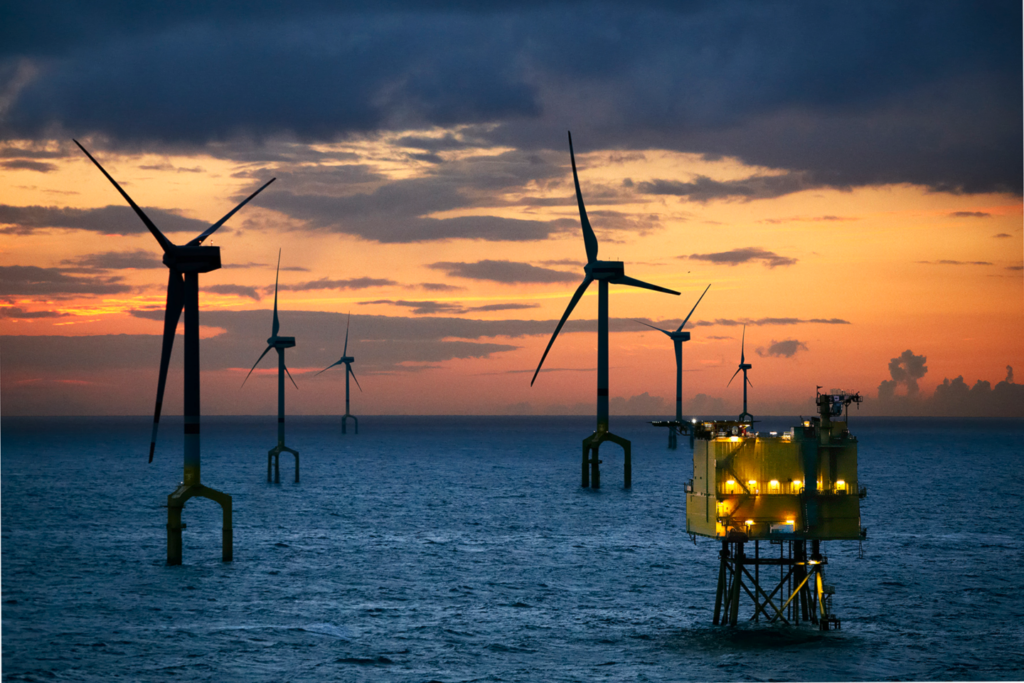Since 2019 wind has become the largest source of renewable energy in the US. In 2020 wind produced 8.4 % of all the electric energy. There is now more than 120 GW nameplate capacity of wind. Only 0.042 GW (42 MW) nameplate capacity is offshore wind. With an estimated cost at least twice as high as land-based wind and the costs of connecting to the onshore electric grid, at a first glance it would not seem that offshore wind could ever become of any significance.
However, at a closer look, there are strong reasons to believe offshore wind will become substantial with over 10 GW in operation already by 2030.
Political and public pressure for more renewable energy is very strong. Federal and State targets are increasingly ambitious. If targets like 80% renewables by 2030 shall be achieved, it will require a huge expansion of wind and solar. For the case of illustration of the magnitude, let us assume that 50% of the renewables will be wind, it will require an additional 450 GW of nameplate capacity!
Building 450 GW of wind farms would be a giant undertaking. The power is about equal to four hundred Westinghouse AP1000 nuclear power plants. It requires 150,000 wind turbines rated 3 MW each. (In 2020 the average wind turbine in the US was 2.75 MW.) Nevertheless, probably the biggest challenge would be to bring the generated power to the load. The wind resources tend to be remote and far away from population centers and load. Building long distance bulk power transmission must first overcome many obstacles of getting permits and acquiring rights-of-way. Local opposition, NIMBY (Not-In-My-Backyard) can be a showstopper. If a transmission line also must pass through several States, the complexity tends to grow exponentially, as have been the case for proposed HVDC projects like the Grain Belt Express (Kansas to Indiana) and Plains & Eastern Clean Line (Oklahoma to Tennessee).

In that comparison, offshore wind has several advantages. It is much closer to the load. After all, 80% of the American population live within two hundred miles from the coast. Further, in many cases offshore windfarms can be built beyond the horizon. The connection to the grid is short and does not have to go through several States. It makes offshore wind and associated transmission to be more within the control of the State, where the power is generated and consumed, and not dependent on other States for approval.
Another advantage for offshore wind is a higher capacity factor. According to DOE data (2020) the time adjusted capacity factor for wind was 35.4%. For offshore wind farms the capacity factor is 40-50% (School for Environment & Sustainability, University of Michigan, 2021). Corresponding numbers in Europe is 25% and 42% respectively (Wind Europe 2020).
Offshore wind still has a substantial cost disadvantage. While it may not be possible to close the gap to land-based wind, there are ways to make offshore wind more economical. The most effective way is scale, both in terms of the wind farms and of the wind turbines. Many offshore wind farms being built now are over 1000 MW. When completed in 2026 Dogger Bank (A, B and C) in the North Sea will be at 3.6 GW. In terms of wind turbines, the leading wind turbine manufacturers have reached 14-15 MW units.

Bringing large amounts of the power onshore has been enabled by the impressive progress of HVDC VSC (Voltage Source Converter) and cross-linked polymer submarine cables, which can continue underground to a suitable point of connection to the mainland grid. TenneT, who is the world leader in offshore wind integration, has already connected over 8 GW of offshore wind and expect to reach 26.3 GW by 2030, equivalent of annual electricity consumption of nearly 33 million German and Dutch household. Building on best experience of German 900 MW offshore HVDC and Dutch 700 MW offshore AC grid connections, TenneT has developed a novel approach for connecting future offshore wind grid connections with a capacity of 2 GW by using 525 kV HVDC systems.

TenneT has also developed innovative solutions to accommodate the offshore wind to load through the existing transmission grid. In a program called Beter Benutten Bestaande 380 kV TenneT is increasing the capacity of parts of the Dutch national 380 kV bulk power grid, by replacing existing conductors with high performance conductors, instead of having to build new lines.
Europe may be an indicator where offshore wind is going. In 2020 Europe had in total about 220 GW of nameplate wind capacity. 195 GW is on land and 25 GW is offshore. Wind Europe 2020 in the outlook for 2021 – 2025 predicts another 105 GW of new wind farms will be built, out of which 29 GW will be offshore. European Union in 2020 set up a target to reach 300 GW offshore wind by 2050, as a component to become climate neutral that year.
In March this year (2021) the Biden Administration announced a target to deploy 30 GW of offshore wind by 2030. Whether the target will be achieved remains to be seen, but all indications, based on projects already under way or planned, are that by 2030 there will be well over 10 GW in operation.
Offshore wind has come a long way from the very first wind farm in the world outside Vindeby in Denmark went into operation 1991 with eleven wind turbines at 0.45 MW each and total capacity of 5 MW. The first US wind farm, Block Island Wind, Rhode Island went in operation 25 years later (2016) with a capacity of 30 MW.
Offshore wind will happen. It will not become the dominant source of renewable energy, but it will become a significant component in the mix.